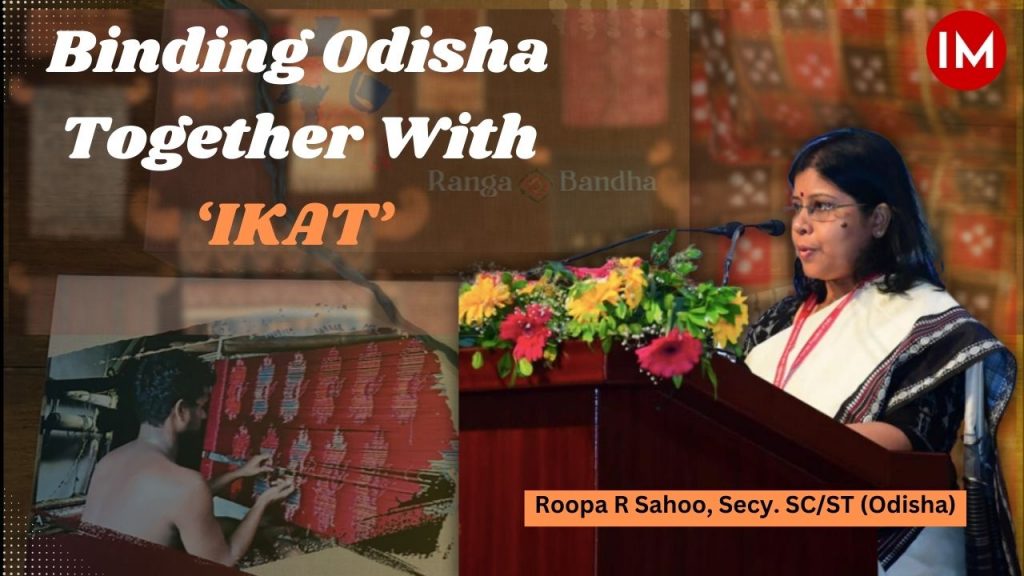IKAT, also known as ‘Bandhakala’, ‘Bandha’, ‘Bandha of Odisha’, is an age-old textile dyeing technique imported to India from Indonesia. History mentions IKAT as having flourished across the world in small pockets. It travelled to Odisha through the trade routes. While the technique might be the same, motifs used in Odisha are very different from the IKAT in other places. Artisans make the pattern on a graph paper, then it is tied on thread, and these threads are dyed before weaving into a cloth piece.
This is not only different from the IKAT in other parts of the world, but the patterns differ even within pockets of Odisha in terms of the use of colour, motif and yarn. An IAS officer from the state is trying to find out why the motif in Sambalpuri IKAT is different from others? What inspires the weavers to draw the designs? Is it profit, high demand, or is the weaver community is preserving their stories and culture through it?
In a video interview with Indian Masterminds, Secretary to CM, Odisha Commissioner cum Secretary of SC/ST development and Member Secretary of Poverty and Human Development Monitoring Agency, Ms. Roopa R Sahoo, shares why she is pursuing PhD on the inspiration behind motif in Ikat. She reveals that the topic was not her first choice. After completing her M.Phil, she wanted to research on cinema and sociology but somehow destiny took her to the weaver community and their intricate design patterns.
Watch the video to know what is the importance of IKAT in Indian handlooms and how the weavers are weaving stories from Mahabharata, Ramayana and Lord Jagannath into their motif or design.
Click here :






























